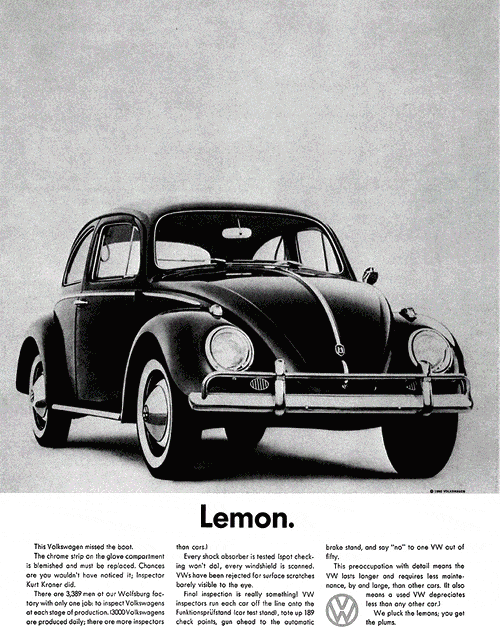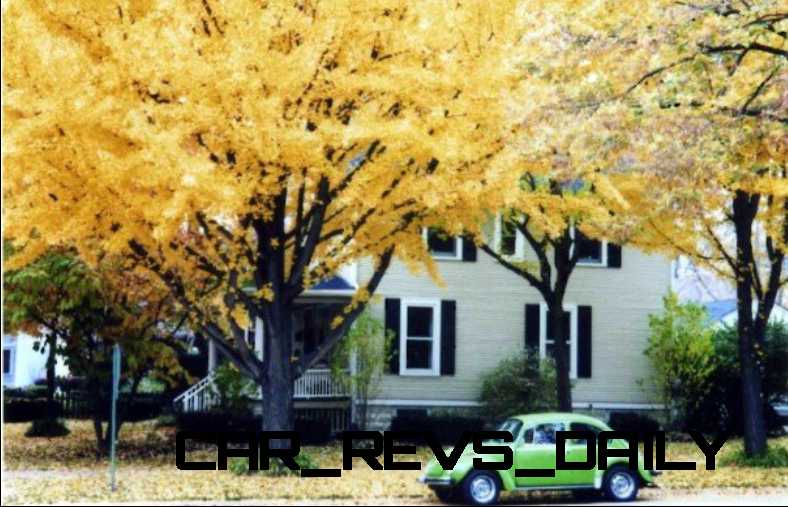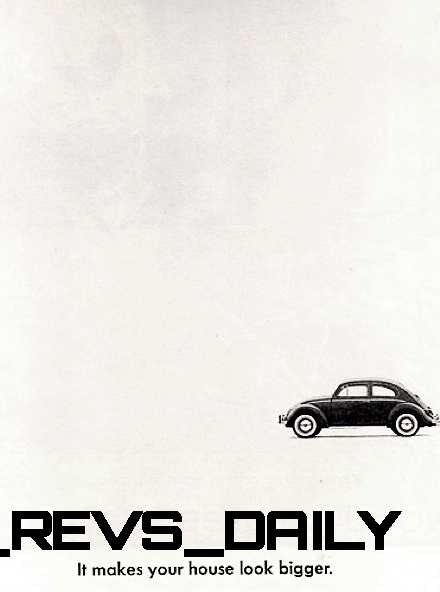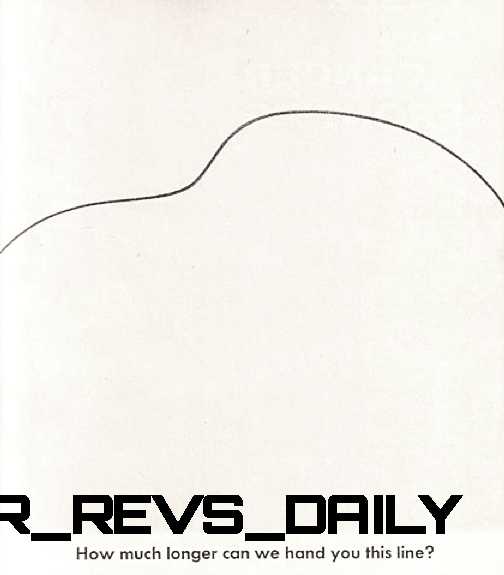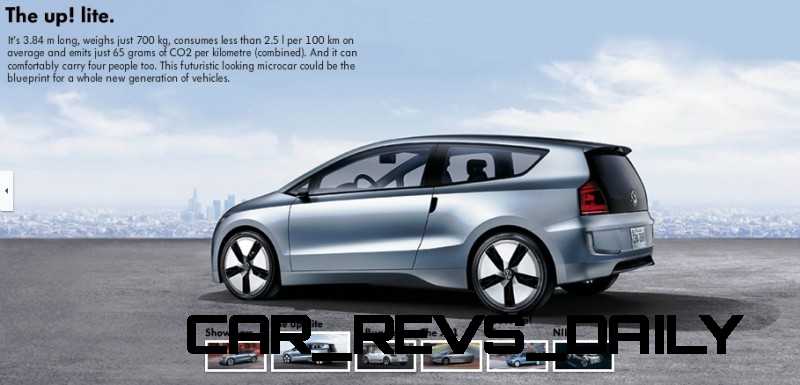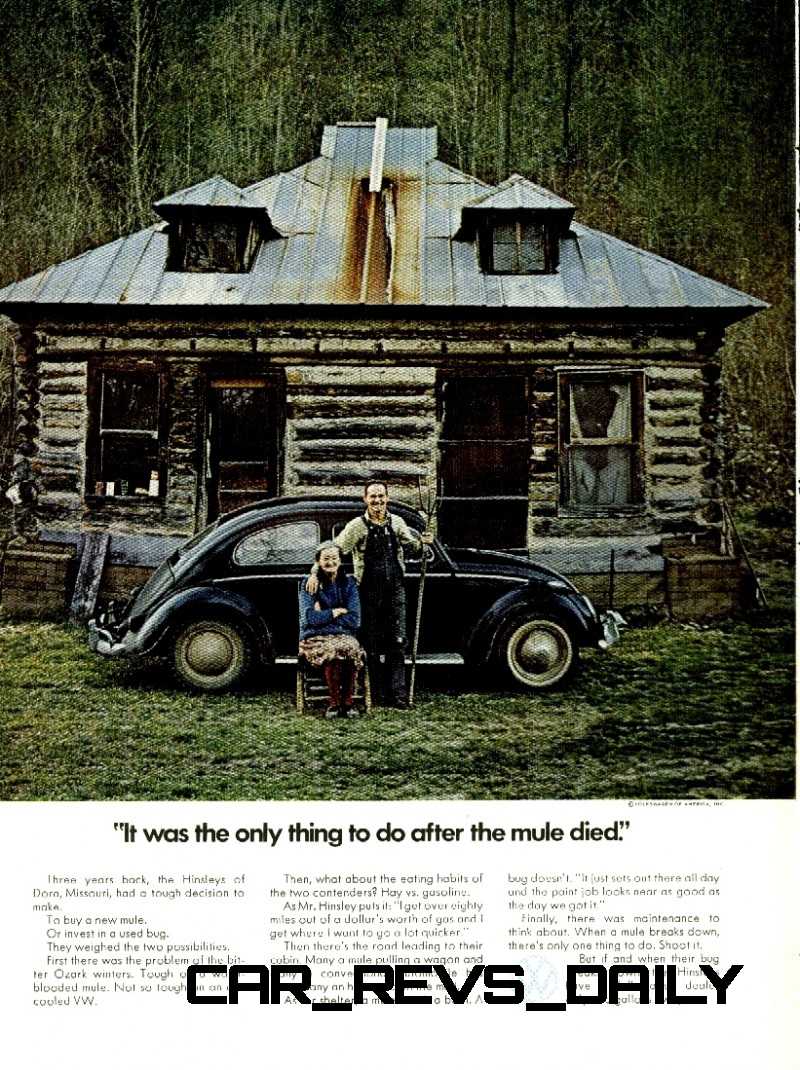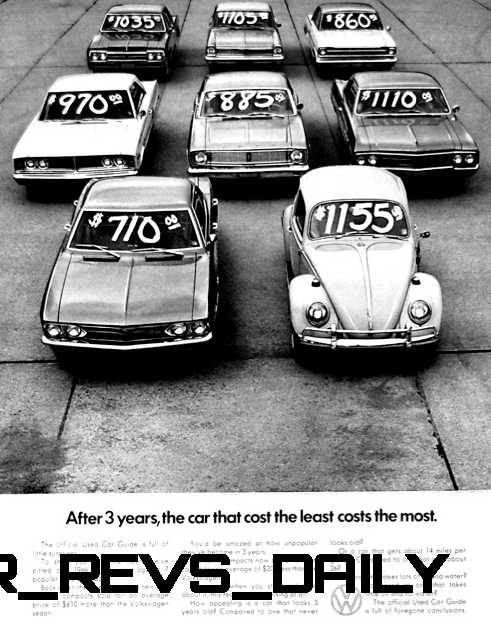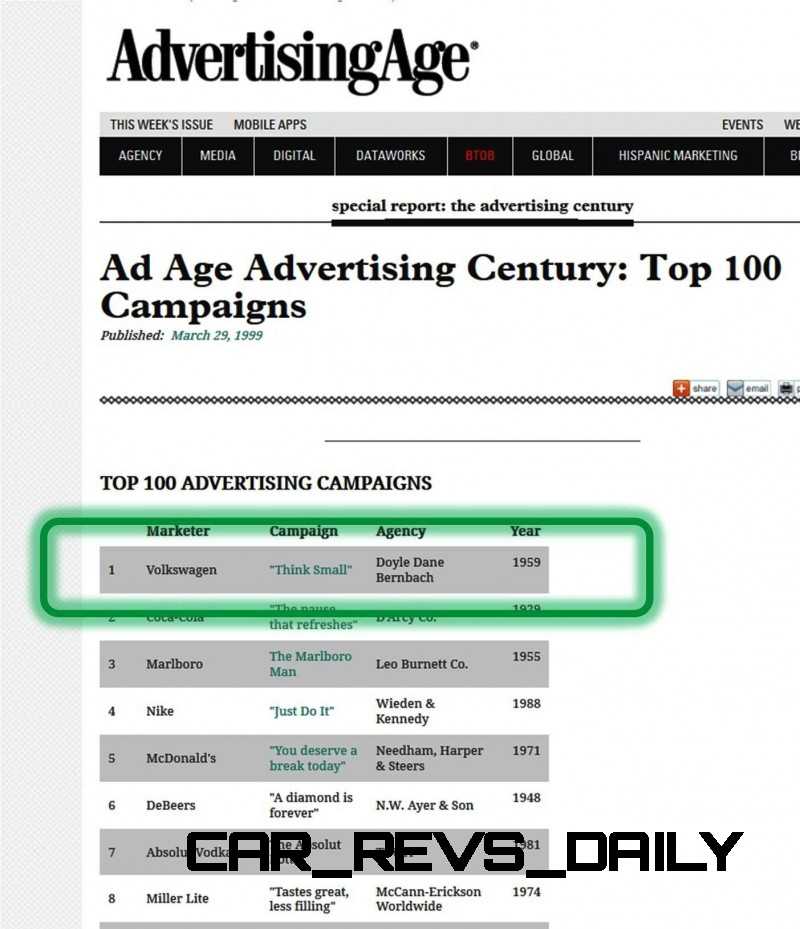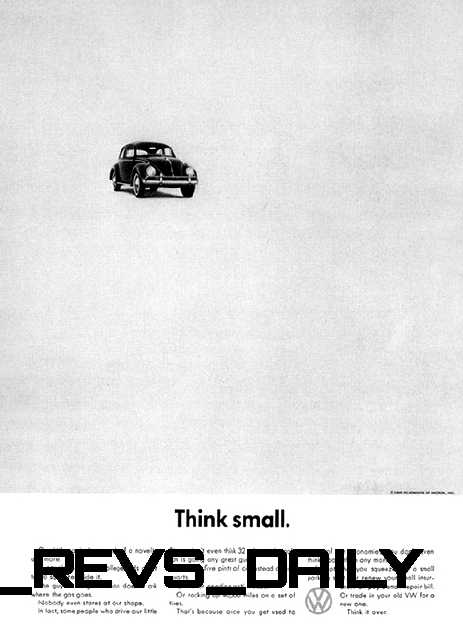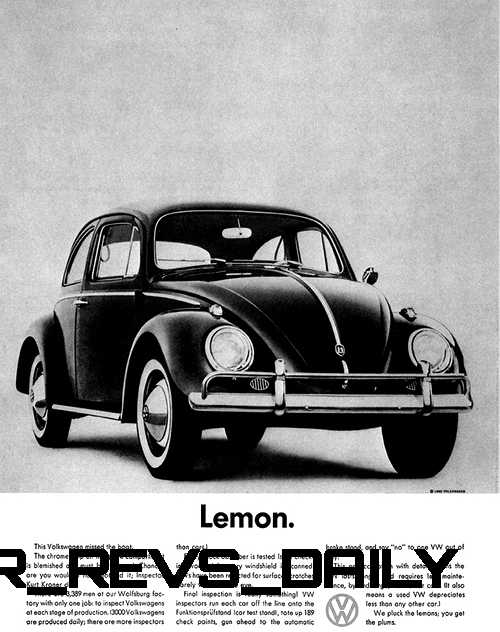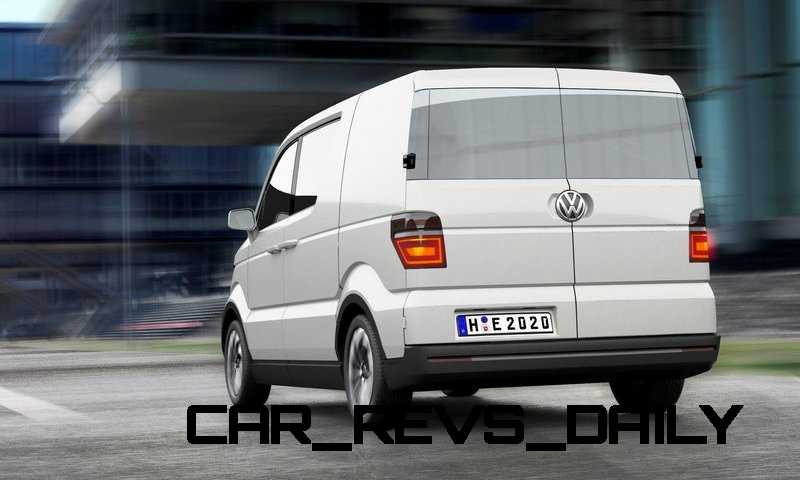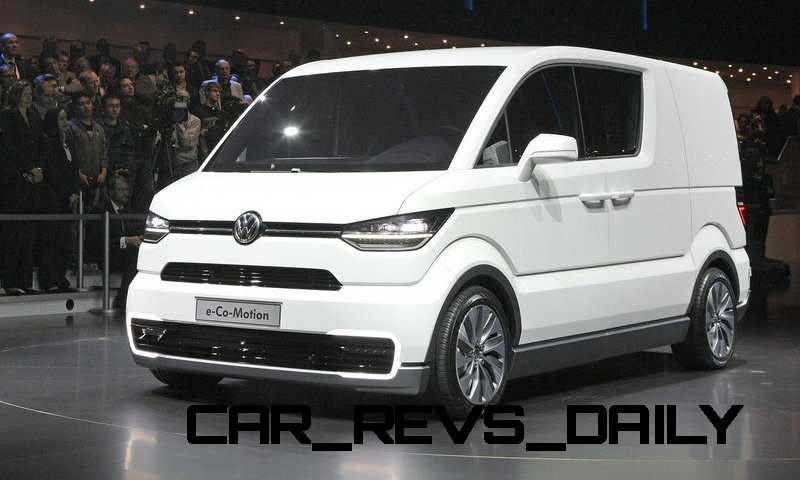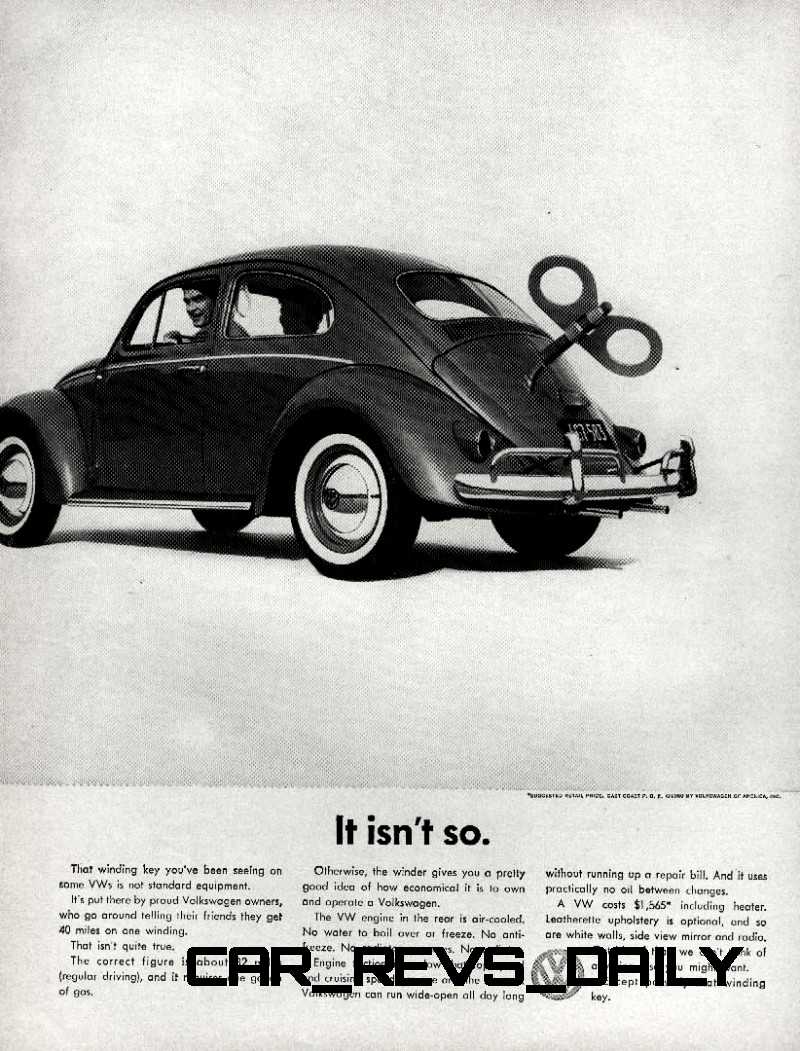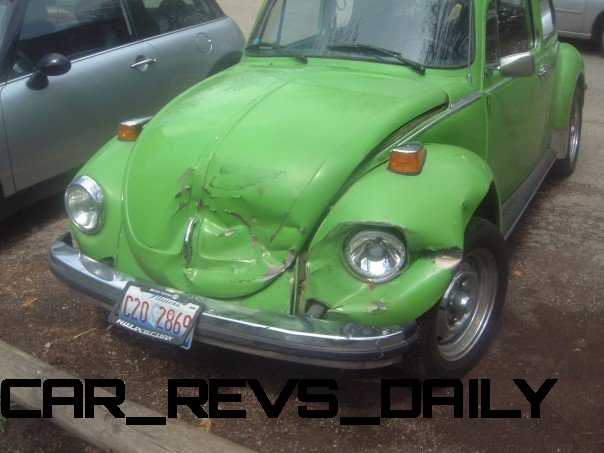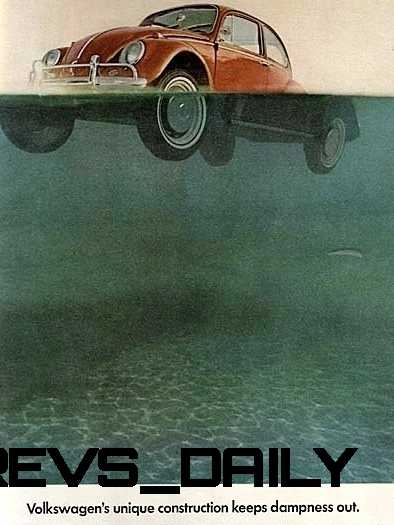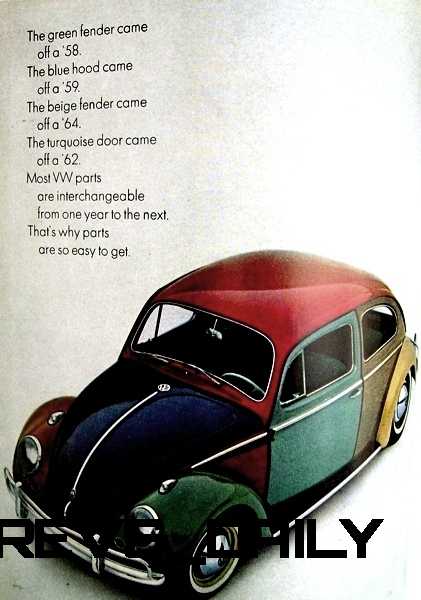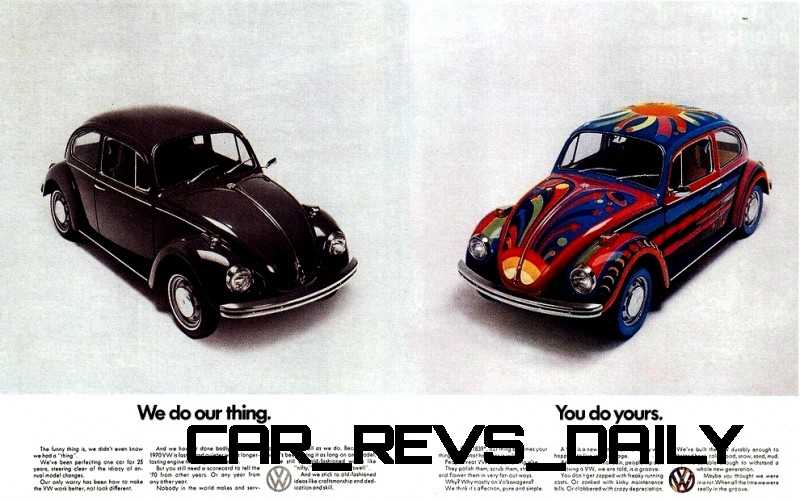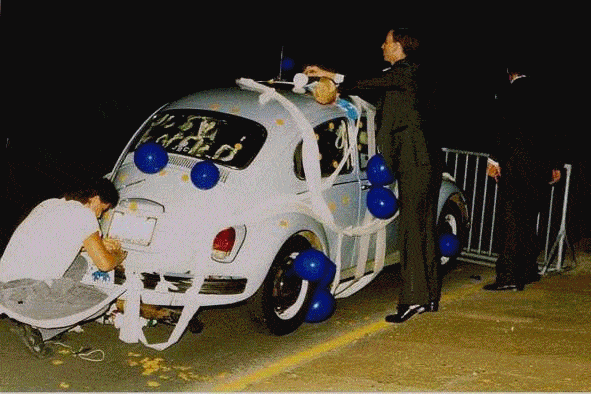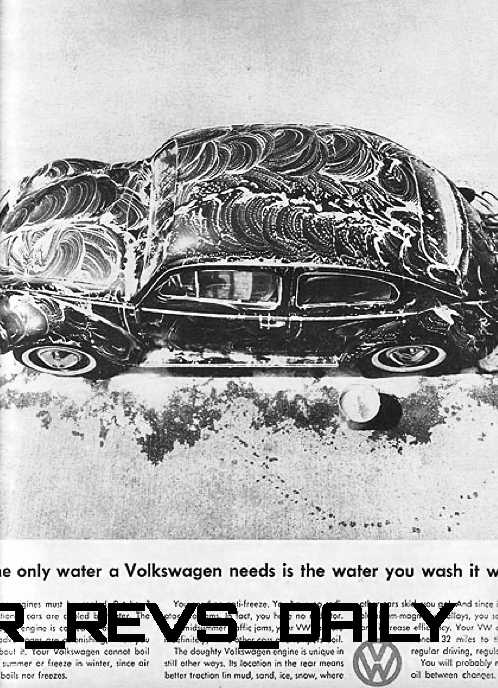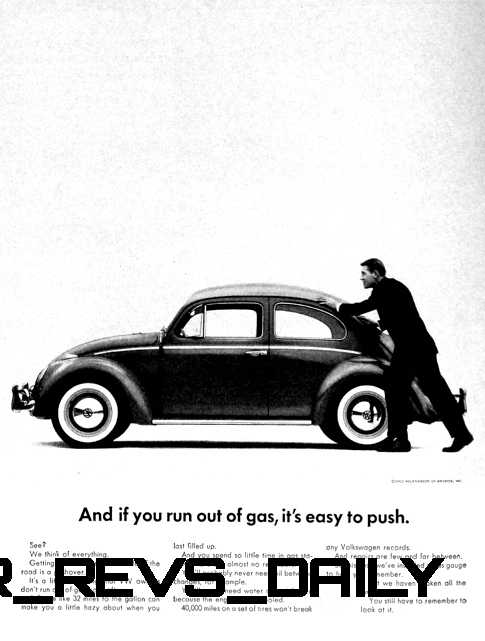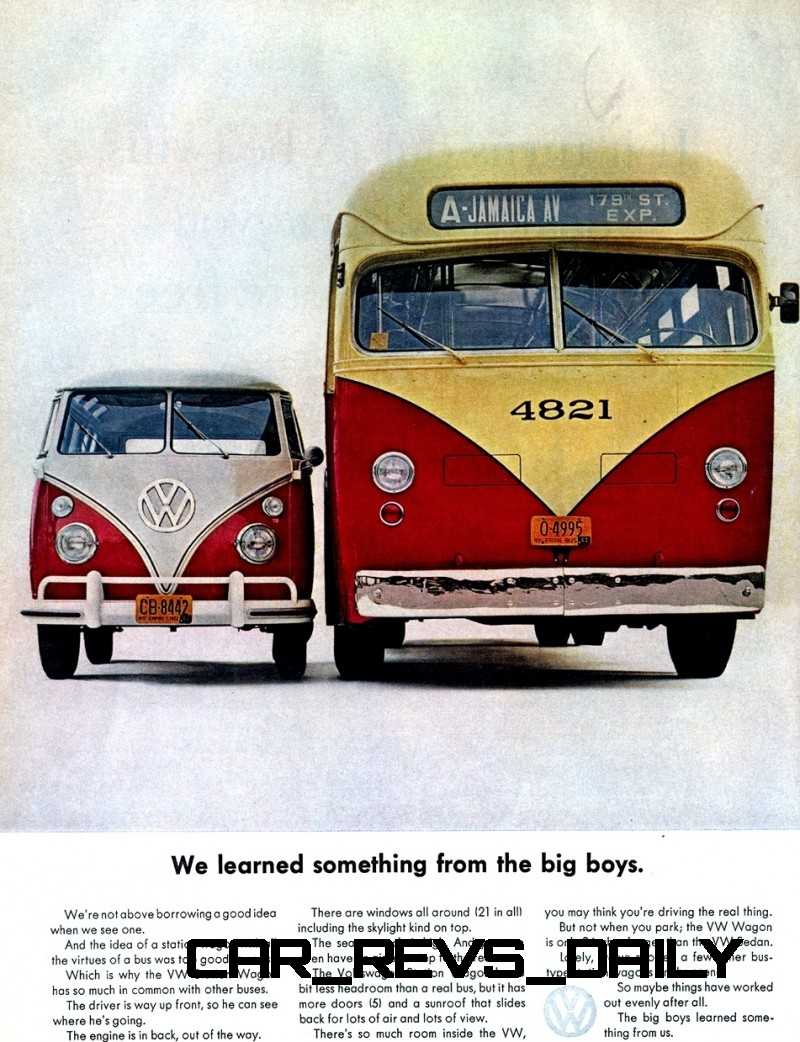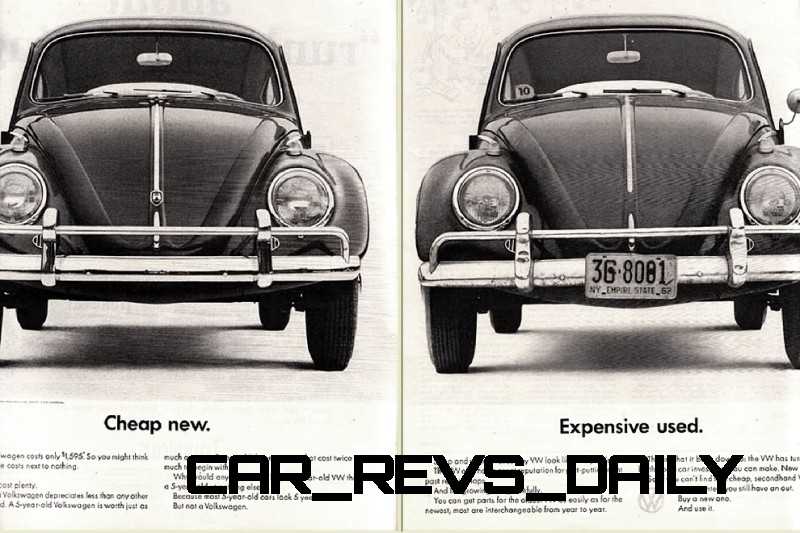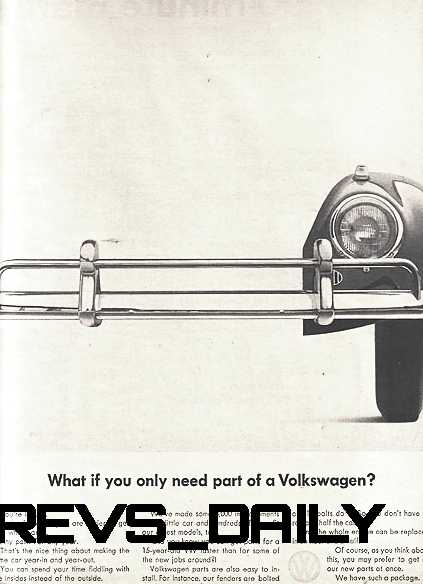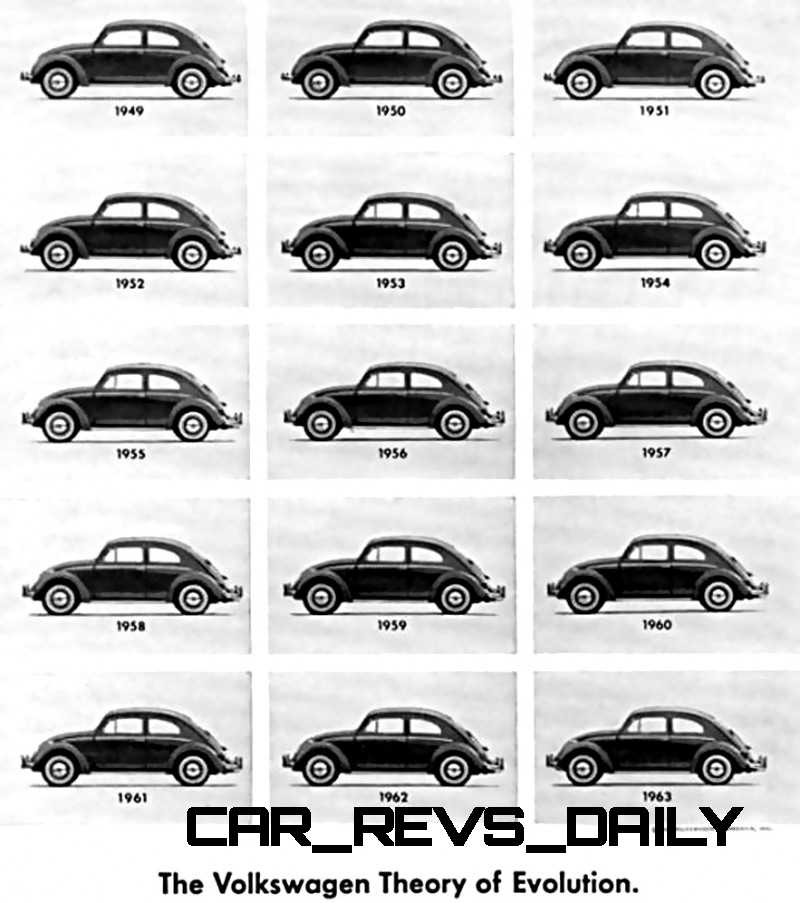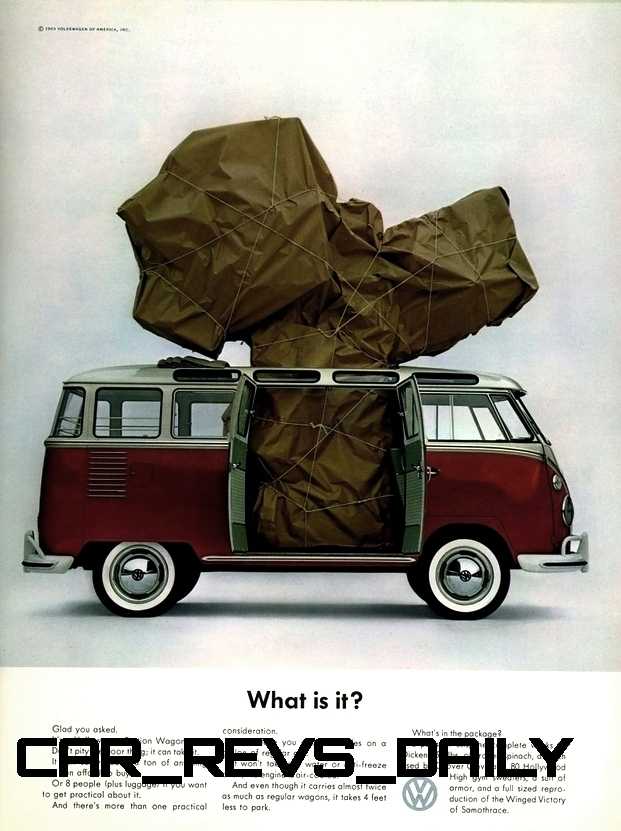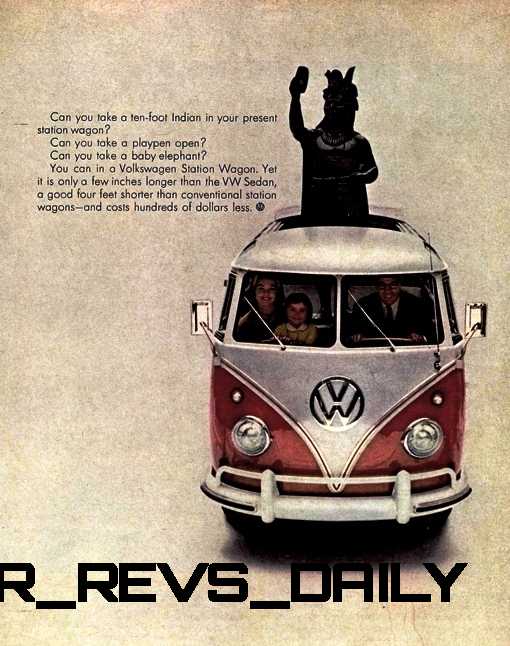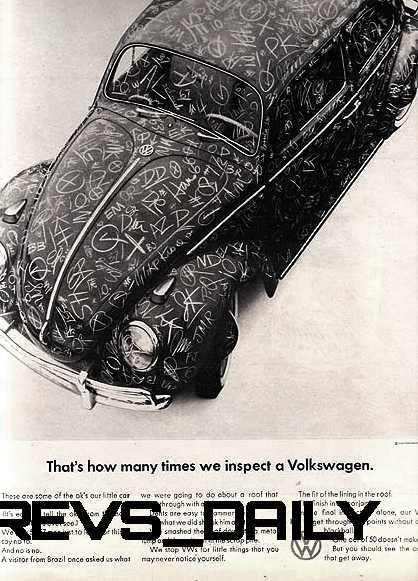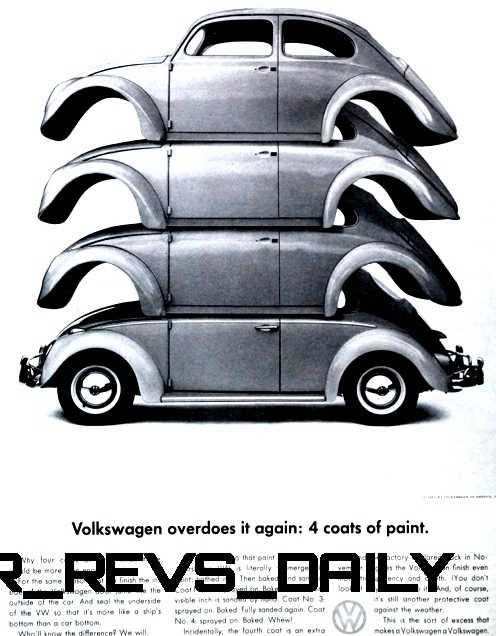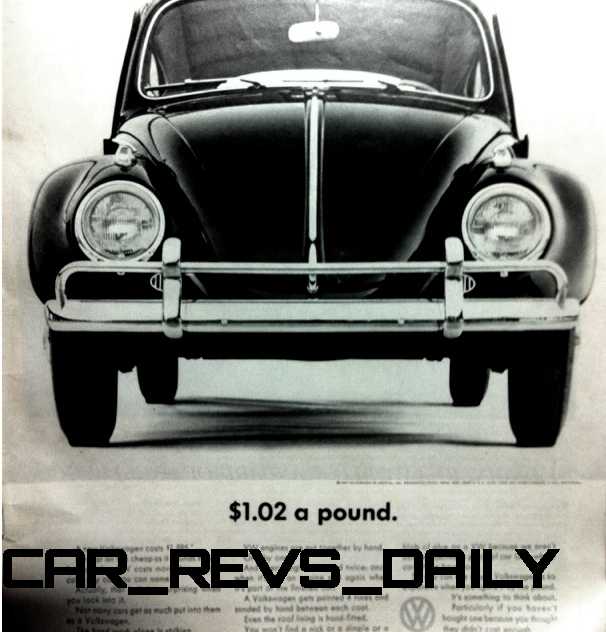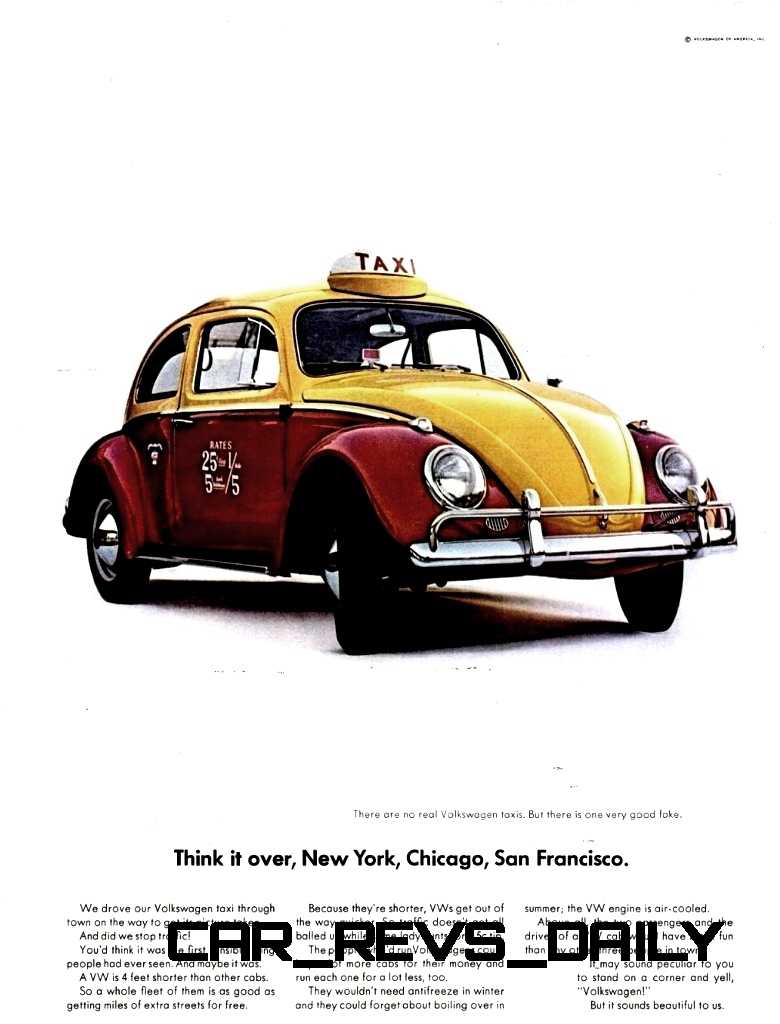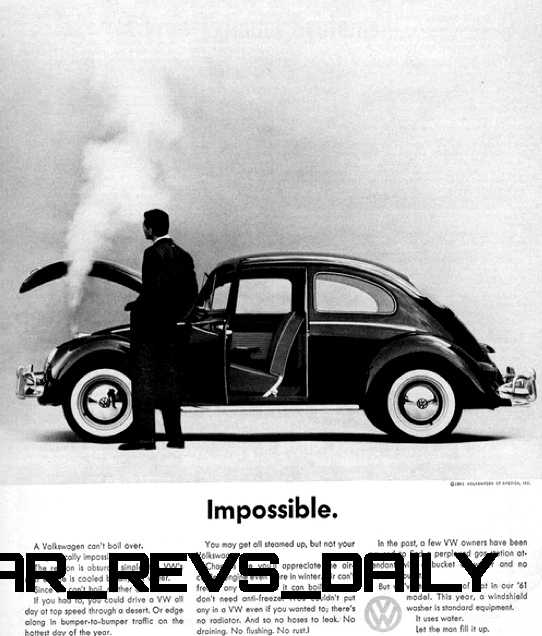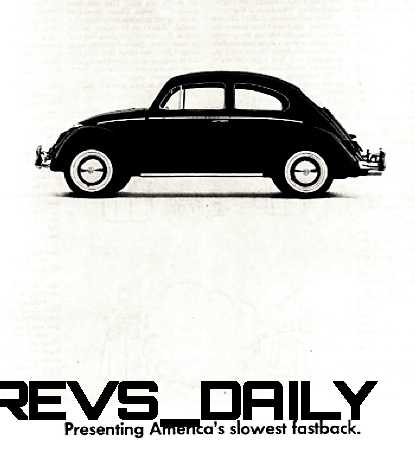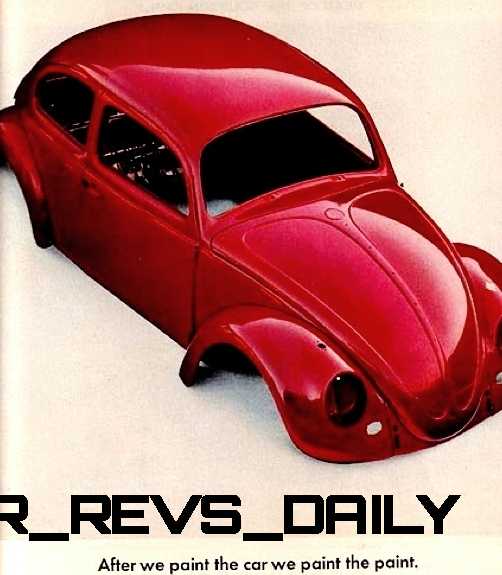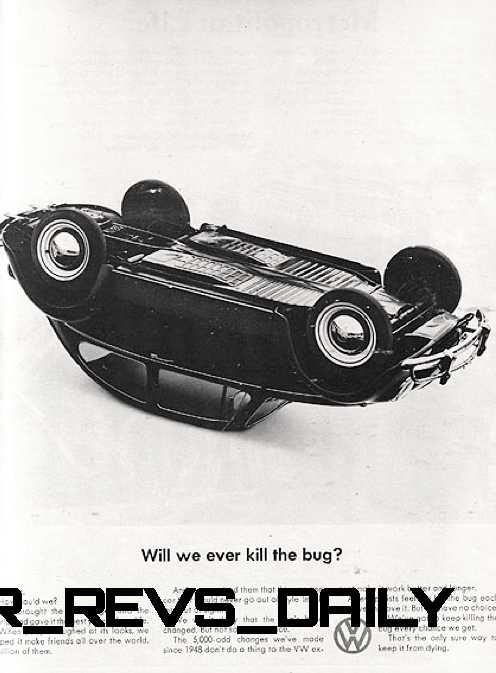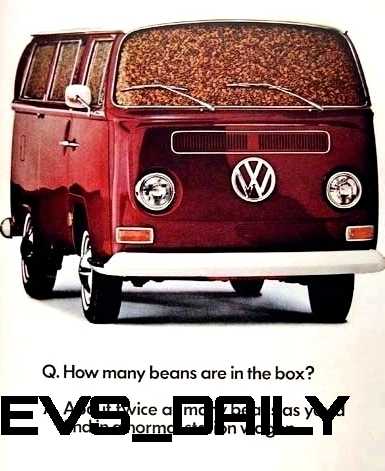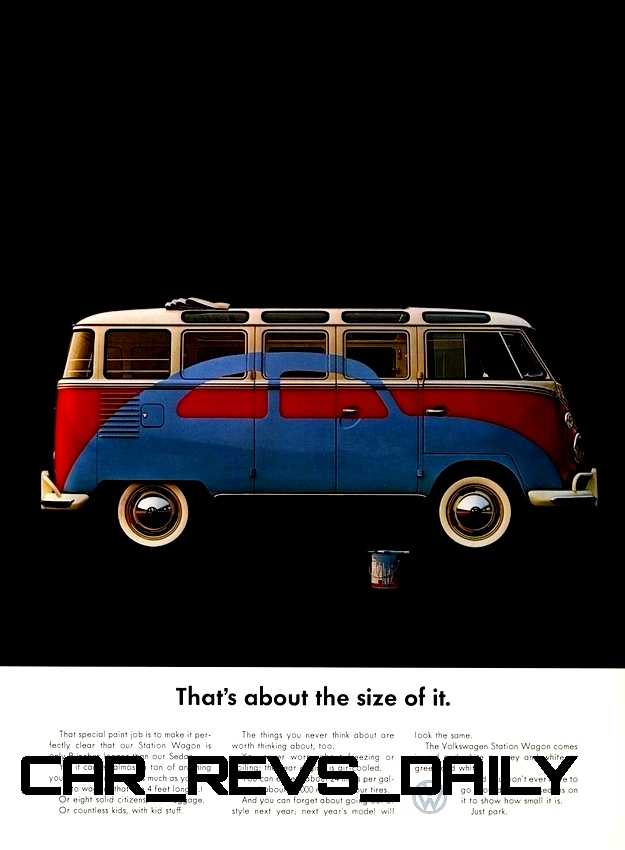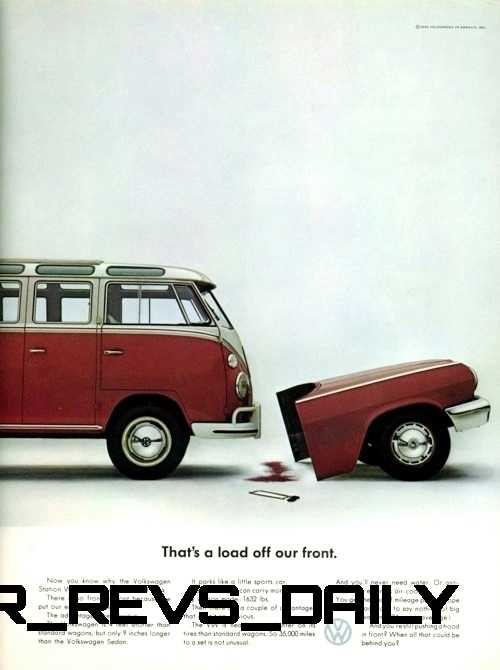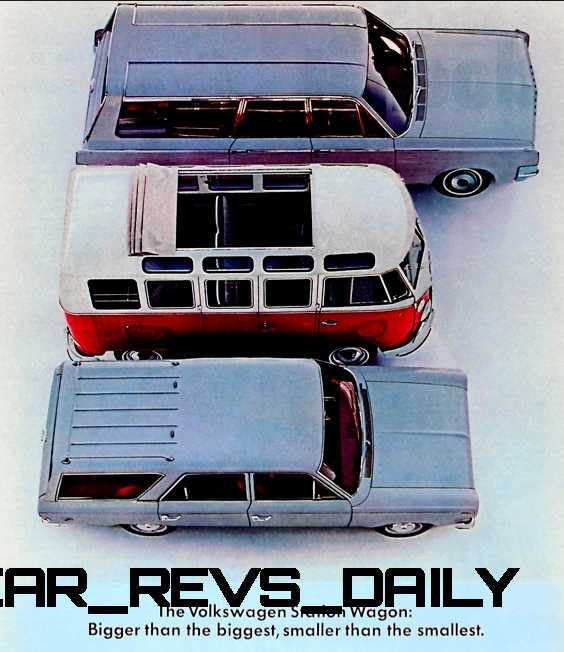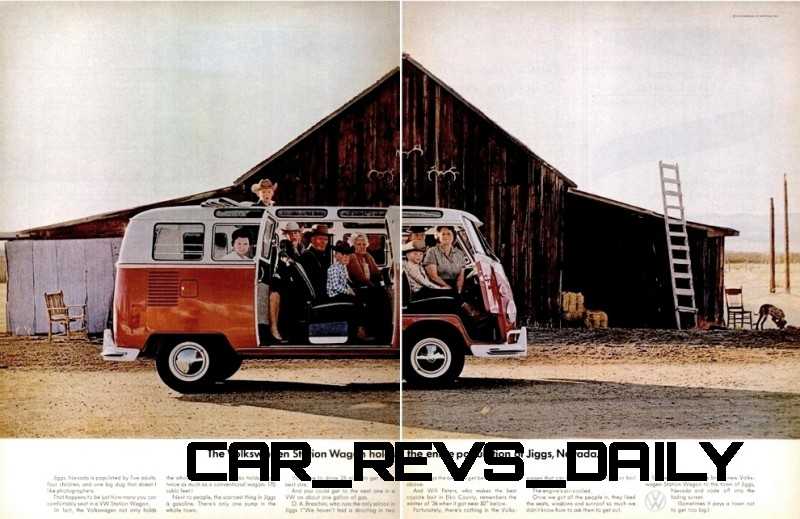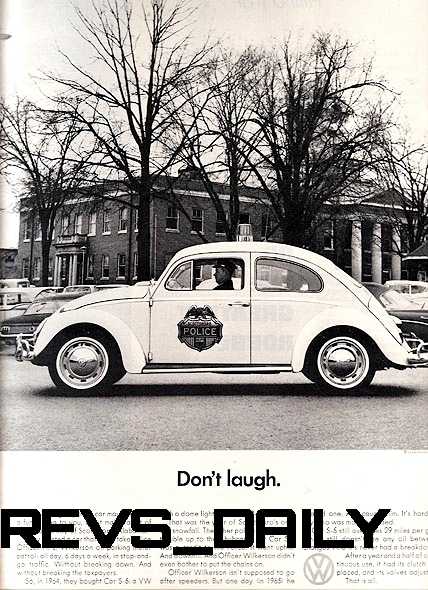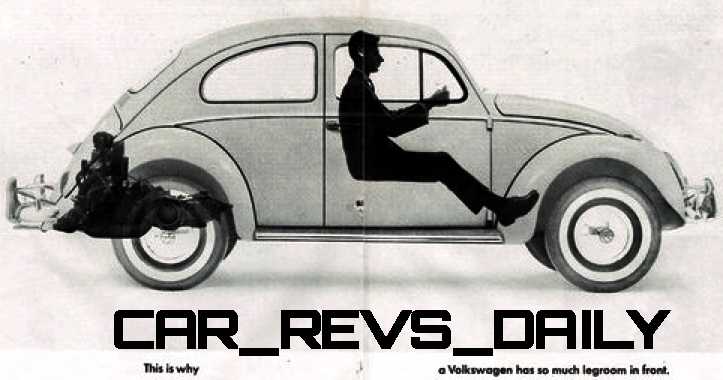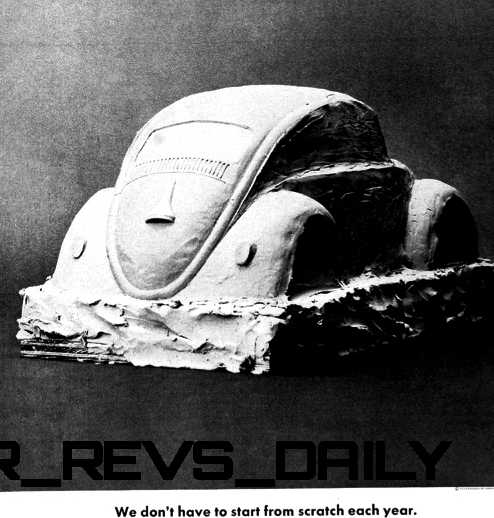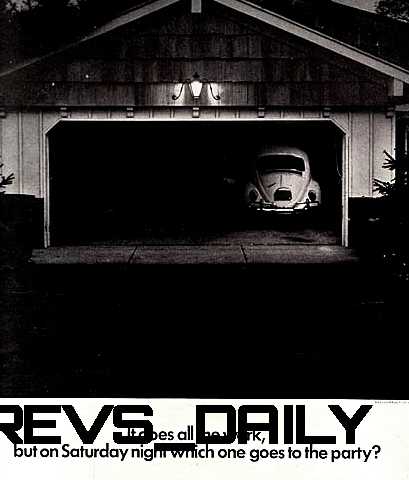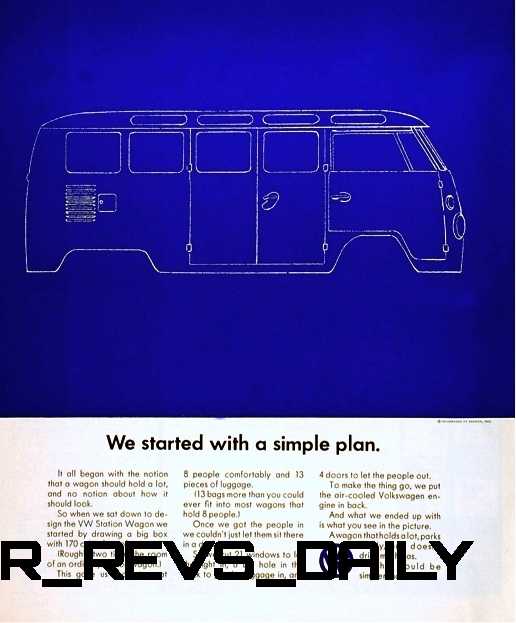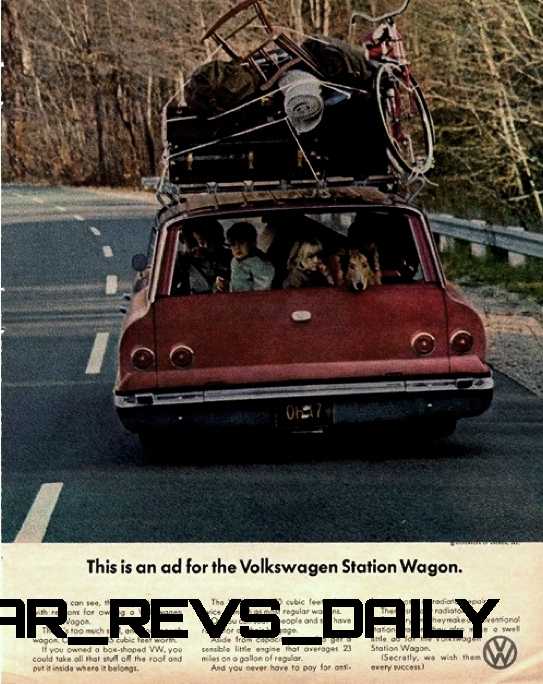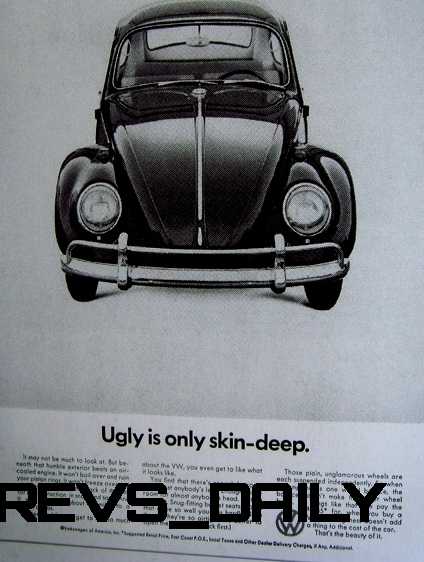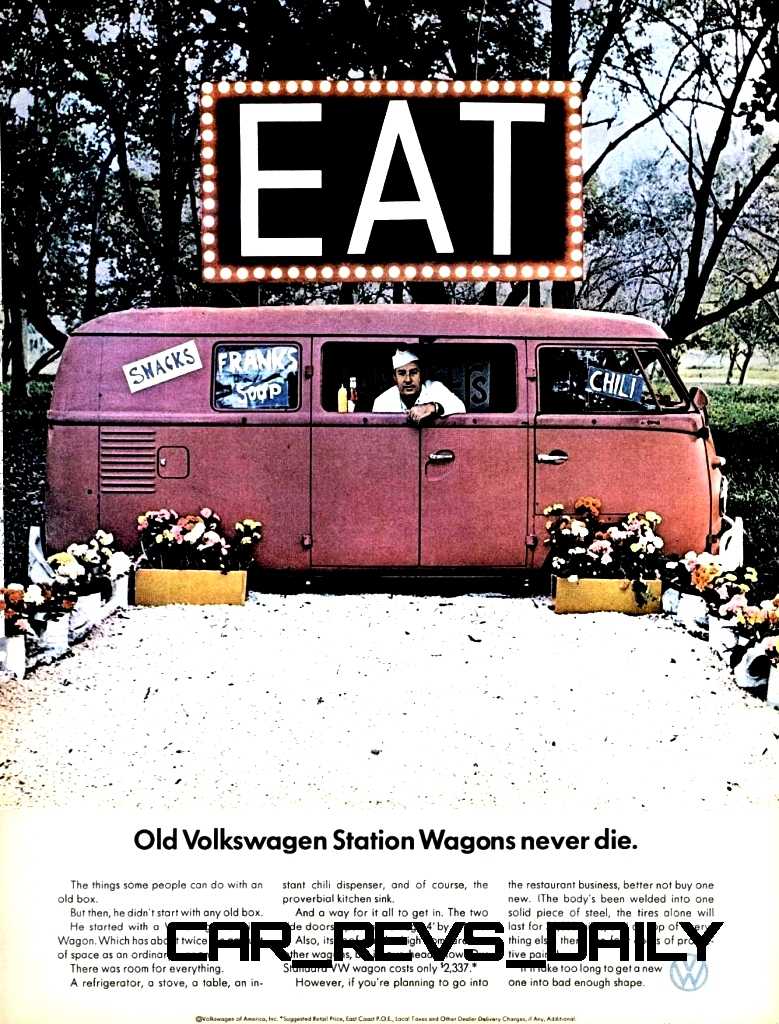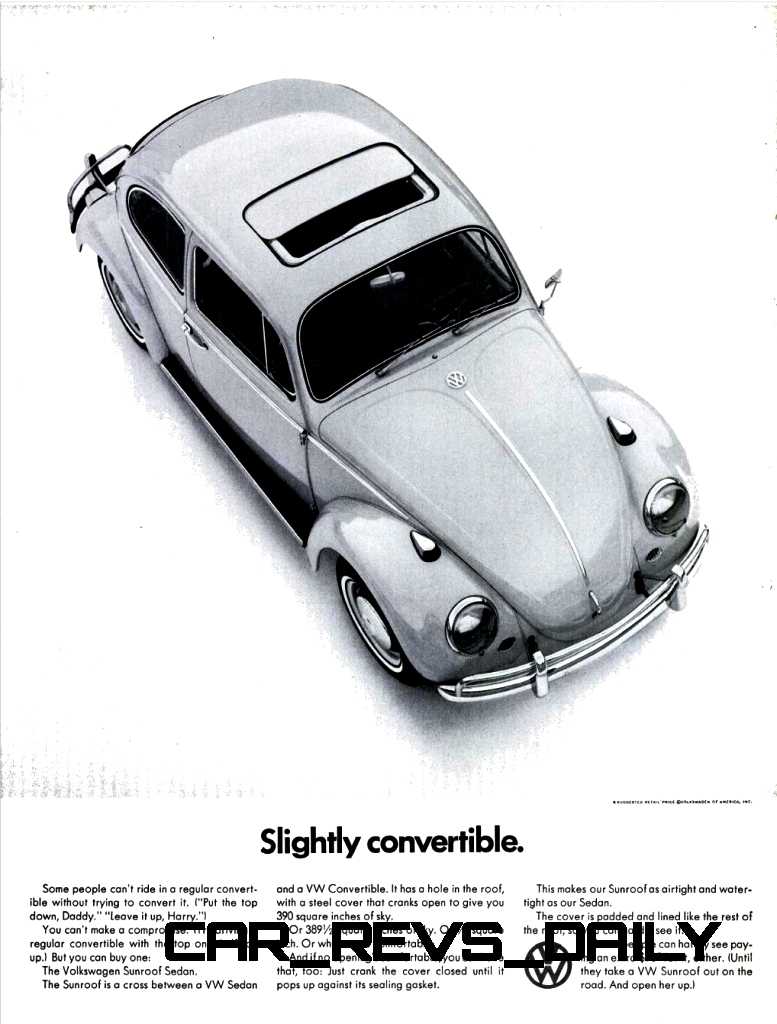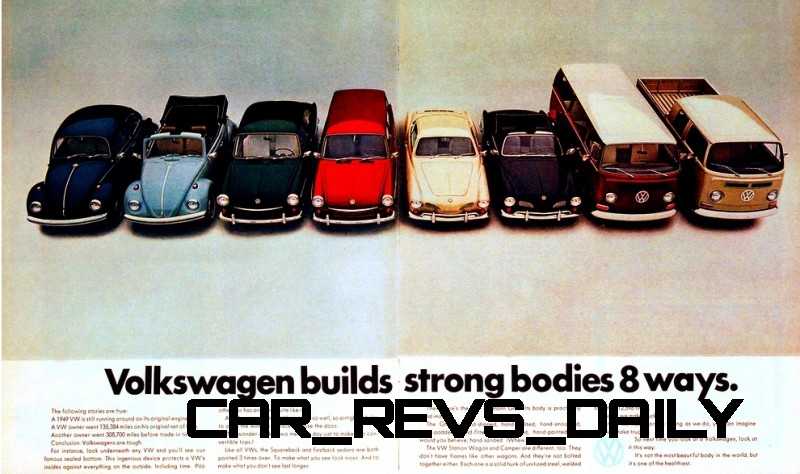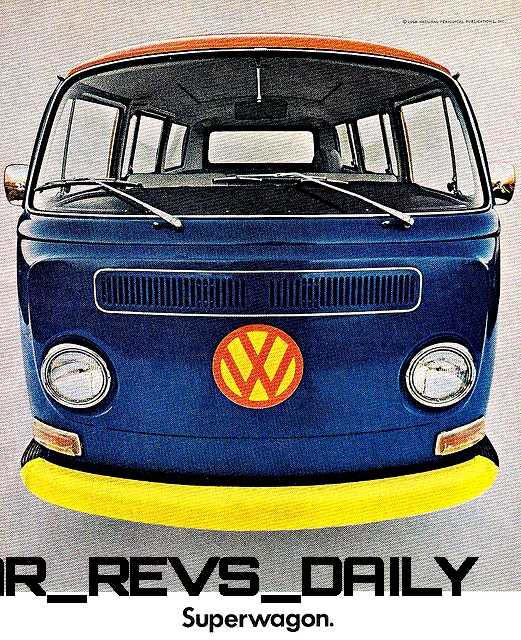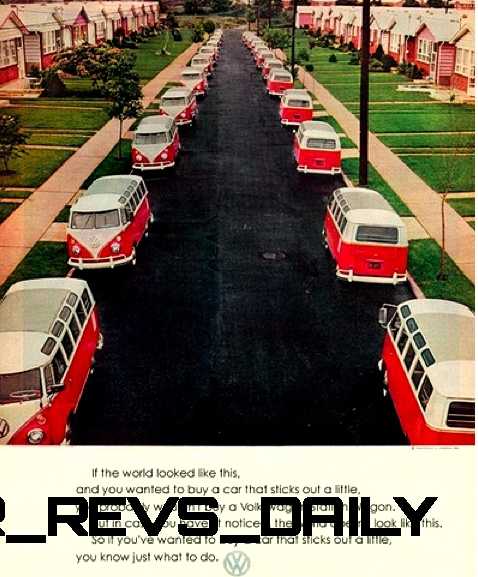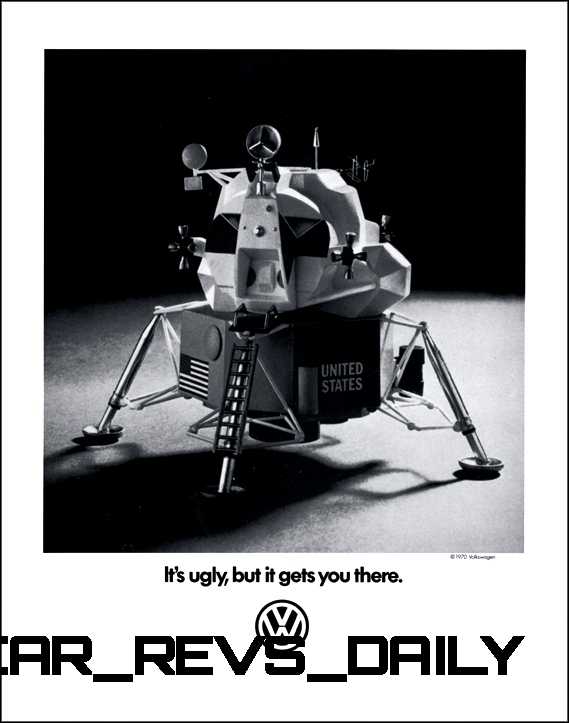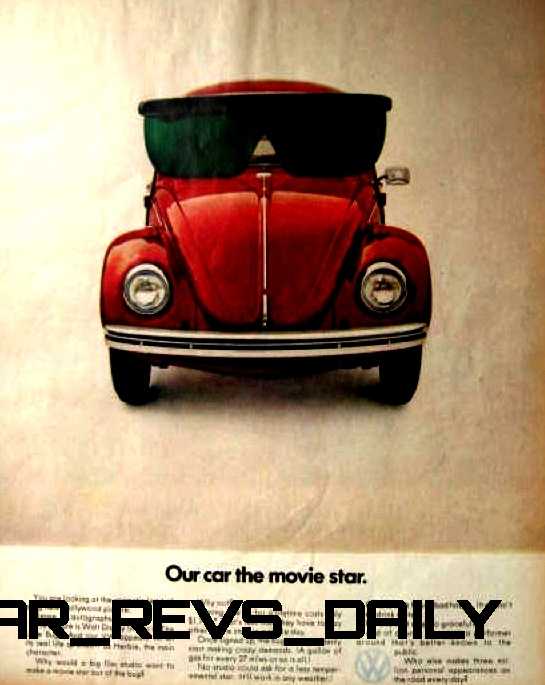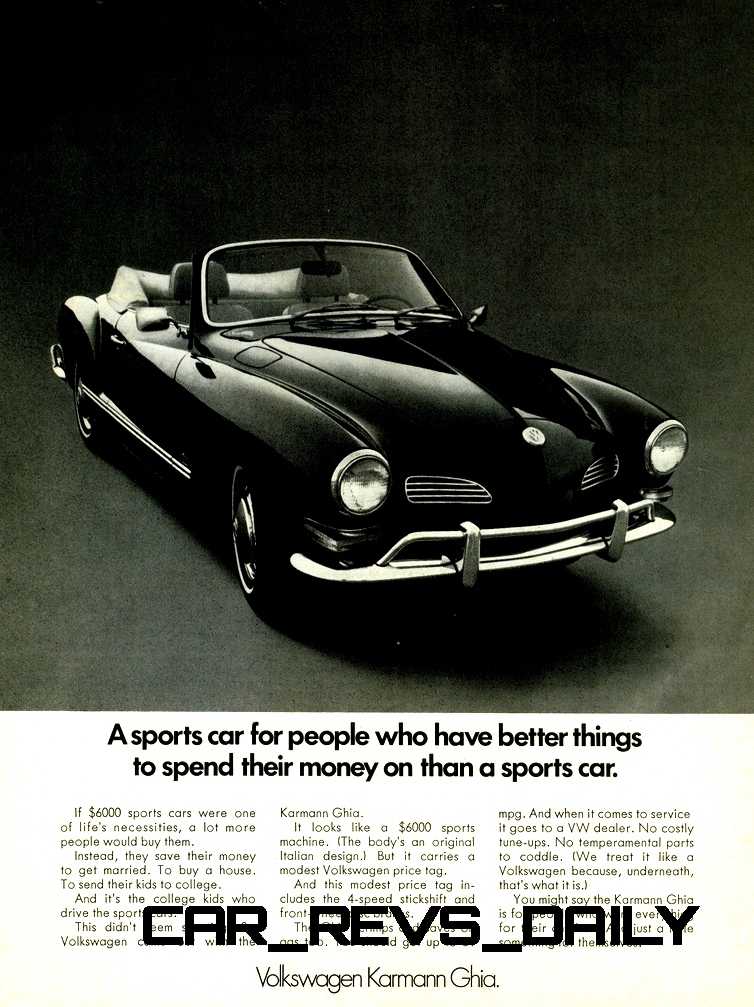I’ve been really hard on VW lately, and passed up an opportunity to test drive the 2014 Beetle GSR this summer – which I strongly regret!
A few background items:
— My first car was a 1975 SuperBeetle, which was the final and best evolution of the design with a curved windshield, hand-crank sunroof, L-Jetronic Fuel Injection and a new MacPherson strut front suspension design.
I drove Walter, as he was named before joining our garage, throughout high school until year 2000, and for much of college until 2005. I miss him on winter days like this.
— Silverado out front is rear-drive, and a bit of a handful in this blizzard.
— The VW Beetle, for all its quirks, was always excellent in the snow – especially at getting moving in slick areas and, surprisingly, in braking control on ice.
So, I love VW Beetles, and I also love advertising – print magazine ads in particular.
I have a collection of more than 800 Absolut Vodka ads, for example, torn from any and everywhere by myself at first. By my teens, my relatives were all collecting them for me as well, delivered at Christmas time.
Another campaign I liked as a kid was the white “Hi.” Neon print ads, so it was definitely 1994 and The Naked Gun 33 1/3 was about to come out.
Print can be a make-or-break ad medium, because there is no time limit for the viewer’s eye. For 99.9% of readers, they will spend about a blink of an eye per page.
But when someone likes the content, they can stare at it for as long as possible. And in some cases, deface the Hinsdale Public Library’s esteemed periodicals collection by tearing off so, so many back covers…
Magazine ads are hard to get right. There is the media, the size, the message, and the placement location to consider.
But here is a little-known newspaper ad sales / publishing fact:
— The cost of color printing for all newspapers and mags – even today – is about 4X the price of a black/white print ad
So even while most magazines still printed their news articles in black and white through the mid 1960s, advertising clients could, if they wanted to pay for it, buy spot or full color upgrades to their ads.
Imagine reading a magazine full of hand-drawn or news-print-type classified ads, then all the sudden: there is this large-format Beetle shape in your view.
It was an impactful part of a legendary launch campaign for the VW Beetle in America from 1959.
Yes, the Beetle was on sale here from a random group of importers from about 1947, but it was not popular. At all.
Volkswagen of America organized the dealer groups in 1955 with its foundation, and also earmarked some marketing budget from the 400 or so dealers at the time through 1958.
But things were falling flat. Outspent 1000:1 by General Motors and Ford, they needed ads with big impact. TV was not in their price range, so they went out to left field.
Print ads were cheap, but the quality of most ads was equivalent to latenight cable TV local commercials these days.
 Step in Doyle Dane Bernbach — later known as DDB, but at the time a relative upstart agency in New York founded a few years before.
Step in Doyle Dane Bernbach — later known as DDB, but at the time a relative upstart agency in New York founded a few years before.  The first ad, Lemon, hit the bulls-eye of the cultural zeitgeist.
The first ad, Lemon, hit the bulls-eye of the cultural zeitgeist.


Yes, the American brands were good, and new every year. But quality was often frighteningly-bad. A combination of planned obsolescence and factories that had to re-learn a new car every year led to shoddy cars.

For many Americans, that was always a sticking point throughout the 1950s, as they say the articles of Corvette concepts at the Waldorf Astoria via Motorama.
The VW Beetle “Lemon” ad summed up this wide-spread feeling among value-conscious shoppers. Not price-conscious, but total vehicle lifetime value.
The Beetles were not popular in 1959 when the first print ad ran, but that was about to change.
Spot and eventually full color for the ads ensured the art by Helmut Krone popped, and the copy by Julian Koenig was plucky, forthright, charming and informative.
The VW brand personality was born between 1959 and 1970, along with year-over-year sales growth was astronomically high via the firms 900+ U.S. dealers by 1967.
1970 saw the all-time high U.S. sales of 600,000-plus cars. All imported from Wolfsburg, and comprising nearly 100% of imported cars sold in America until that point, by volume.
This Classic Beetles loving Life Animation below shows how strong these little Wolfsburg wonders really are – even today. (Images credit: VW.com)
Here are 50 of the best VW Beetle print ads run by Volkswagen of America, in chronological order.
Image credits:

Tom Burkart is the founder and managing editor of Car-Revs-Daily.com, an innovative and rapidly-expanding automotive news magazine.
He holds a Journalism JBA degree from the University of Wisconsin – Madison. Tom currently resides in Charleston, South Carolina with his two amazing dogs, Drake and Tank.
Mr. Burkart is available for all questions and concerns by email Tom(at)car-revs-daily.com.


